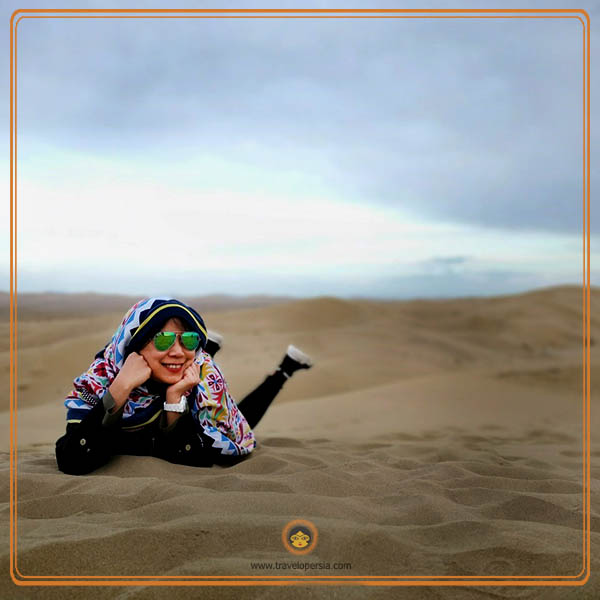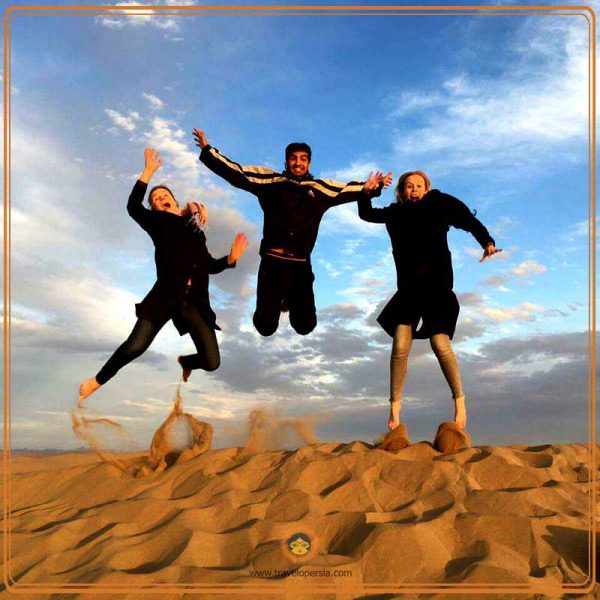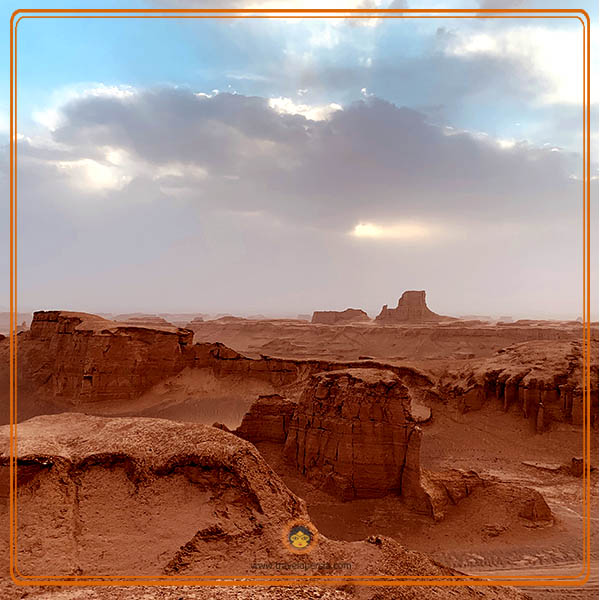Deserts, the Natural Wonders of Iran
Iran is located in west Asia. It borders the Caspian seas from the north. However, from the south it is connected to Persian Gulf and Gulf of Oman. Two major mountain ranges pass through the country of Iran. Among these mountains, vast plains are located. These plains occupy one third of Iran. That is why, Iran might be known as the country of plains and deserts even by the people who have never been there.
In this article, we will be introducing the major deserts of Iran. Some of these deserts have been the top touristic natural attractions of Iran. Overall, the deserts of Iran are a main part of the natural wonders of the world. The variety of the landforms, sand types, and structures of Iran deserts are well known all around the world. Still, the beauties of the nature of Iran are not summarized in its deserts. The lakes, waterfalls, mountains, and the UNESCO recognized Hyrcanian Forests are just some of the natural heritage of Iran. Also, we will get more into the details of some of the most visited deserts in Iran.



